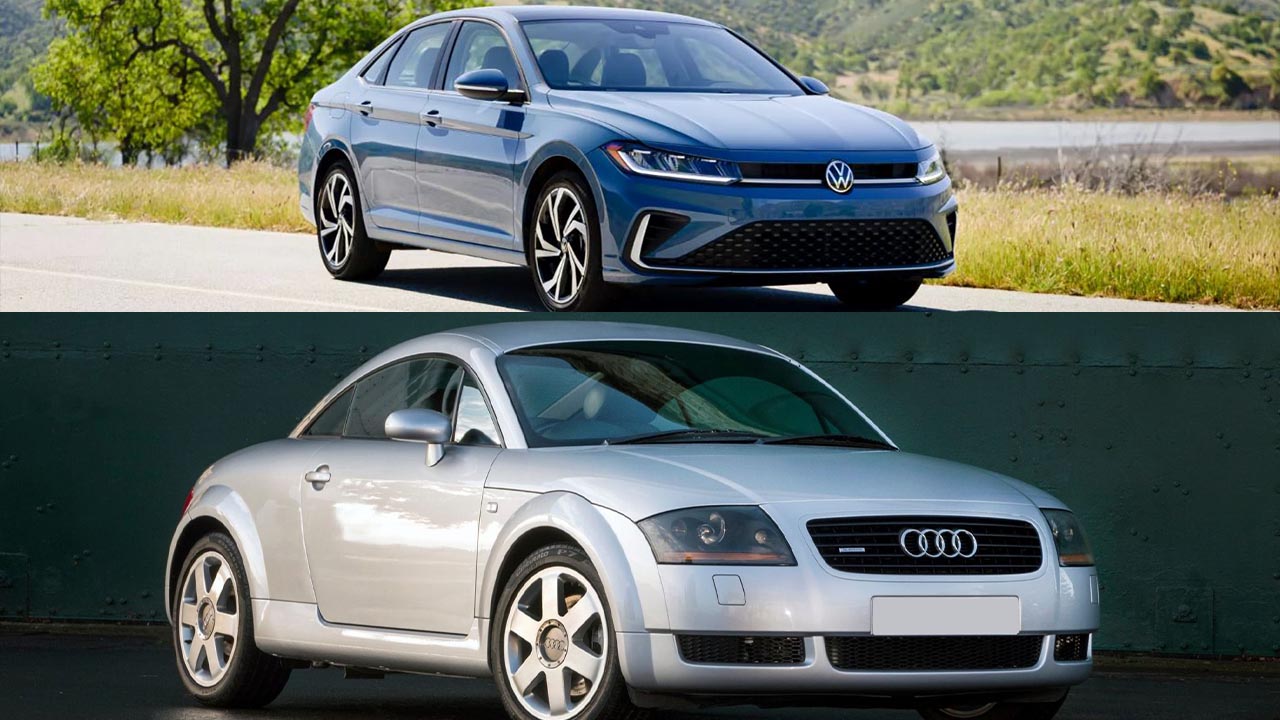Fast, affordable, and dependable those are the three traits every car enthusiast dreams of, though it’s often said you can only pick two. Today, however, we’re highlighting sports cars that manage to check all three boxes to varying degrees.
Each one of these machines can be bought for $25,000 or less, and all of them are capable of being driven to the track, pushed hard while leaving more expensive and delicate competitors in the dust, and then driven back home without a hitch.
5. Ford Mustang 5.0
Looking for a car that can dominate a weekend at the drag strip or road course? The Fox Body Mustang fits the bill perfectly. Its legendary V8 engine is renowned for being over-engineered and capable of producing outstanding horsepower.
The Ford Mustang 5.0, often referred to as the Mustang GT, is a high-performance version of the iconic American muscle car, known for its aggressive styling, raw power, and deep V8 growl.
At the heart of the 5.0 is a naturally aspirated 5.0-liter Coyote V8 engine, which delivers impressive horsepower—typically around 450 to 480 hp depending on the model year and configuration.
This powerplant is paired with either a six-speed manual transmission for purists or a 10-speed automatic for smoother and quicker shifts.
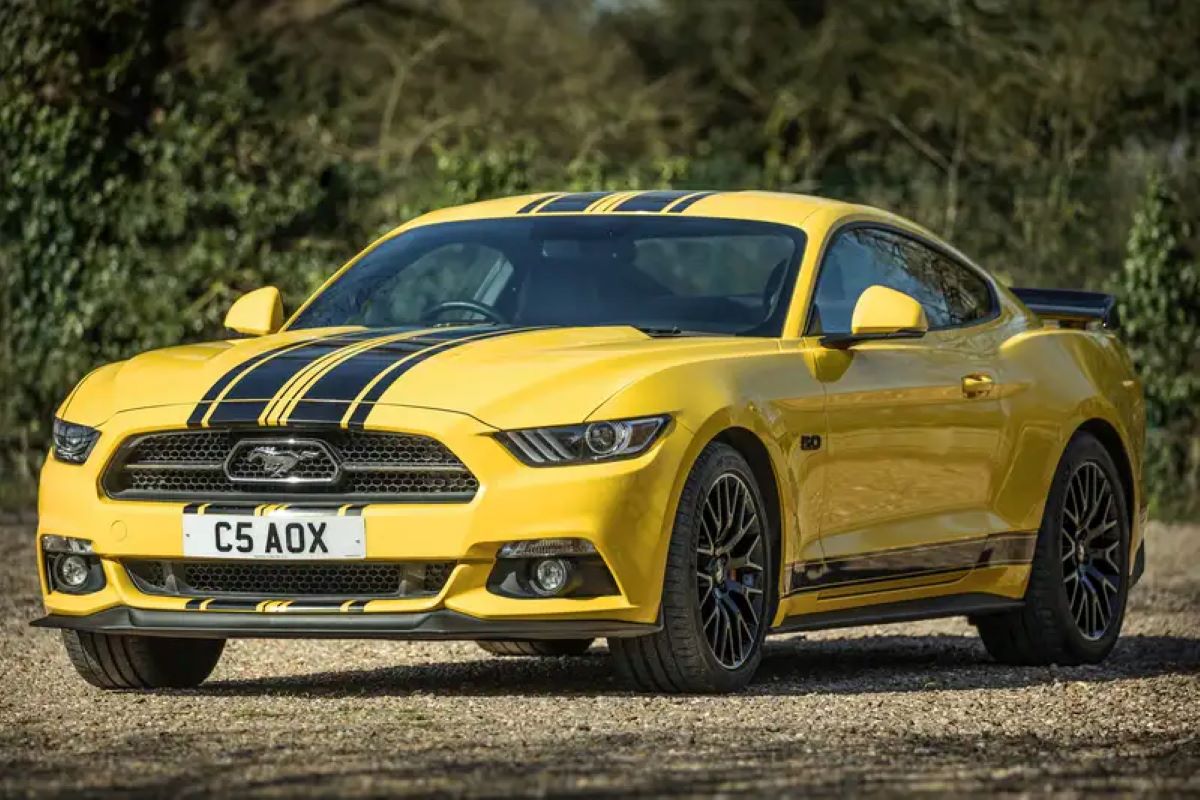
The Mustang GT is rear-wheel drive, offering a classic muscle car feel with sharp throttle response and exhilarating acceleration. Beyond the engine, it features a track-ready chassis with available performance packages that include upgraded brakes, suspension, and tires.
Inside, the Mustang 5.0 blends modern tech with retro cues, offering digital displays, performance data tracking, and solid infotainment. It’s a car that appeals equally to enthusiasts looking for weekend thrills and drivers wanting an everyday performance machine.
The Mustang 5.0 remains a symbol of American automotive passion, balancing old-school muscle with modern engineering.
The chassis may not be the best when it comes to navigating a tight, winding track, but it’s tough and dependable and that’s exactly what this article is about.
Taking it to the track offers a great opportunity to practice and refine your car control skills, all without having to worry about the drivetrain, and that alone makes it worthwhile.
4. BMW 128i
Although it doesn’t have the same power as the more aggressive 135i, the 128i is significantly more reliable and still an absolute blast to drive. In many ways, you can think of it as the German equivalent of the Miata.
The BMW 128i is a compact luxury coupe that was part of the BMW 1 Series lineup, offering a more affordable entry point into the brand while still delivering the classic BMW driving experience.
Produced primarily between 2008 and 2013 in North America, the 128i came equipped with a naturally aspirated 3.0-liter inline-six engine, producing around 230 horsepower.
This engine, paired with either a six-speed manual or six-speed automatic transmission, offered smooth and responsive performance, especially when combined with the car’s rear-wheel-drive layout.
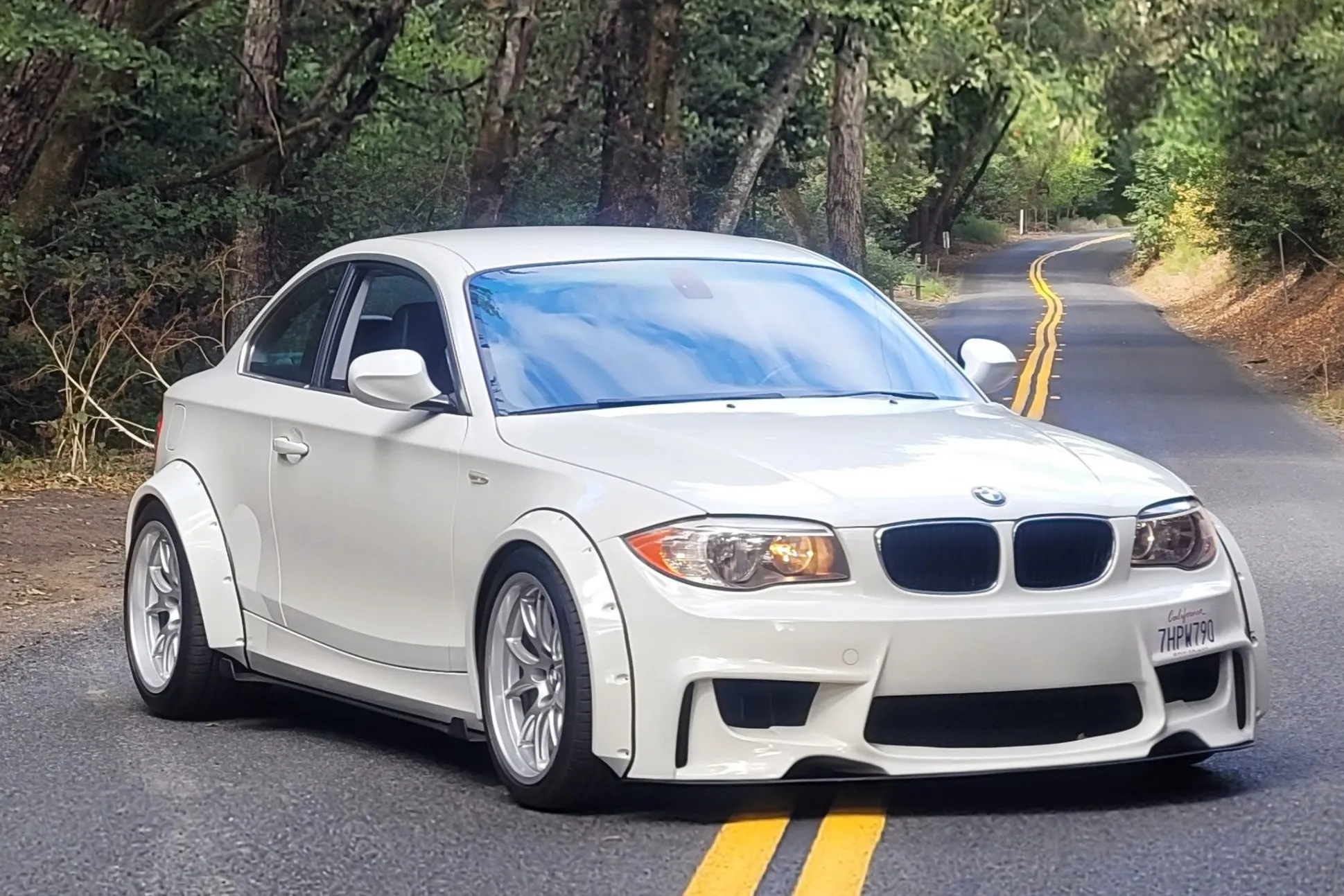
The 128i stood out for its balanced chassis, sharp steering, and relatively light weight, making it a joy to drive, particularly on winding roads. Inside, the cabin reflected BMW’s minimalist luxury style, with quality materials, straightforward controls, and a driver-focused layout.
While it didn’t have the turbocharged punch of its 135i sibling, the 128i was praised for its reliability, mechanical simplicity, and purity of performance. Today, it’s often seen as a hidden gem for enthusiasts looking for a back-to-basics BMW that still delivers on driving dynamics and build quality.
Some critics may point out that it’s considerably heavier, but for a German car, it’s actually fairly lightweight and stacks up well against the Miata in a number of areas.
The interior is also noticeably more refined, and when you’re not pushing it to its limits, you’ll definitely appreciate having a more comfortable and well-appointed cabin.
Also Read: 10 Best Cars That Balance Horsepower With Long-Term Value
3. Audi TT
If you’re after a bit of All-Wheel-Drive excitement, the Audi TT is a fantastic entry point into that world. While it doesn’t come equipped with a full-time Quattro system, the TT is still a highly capable and enjoyable compact sports car.
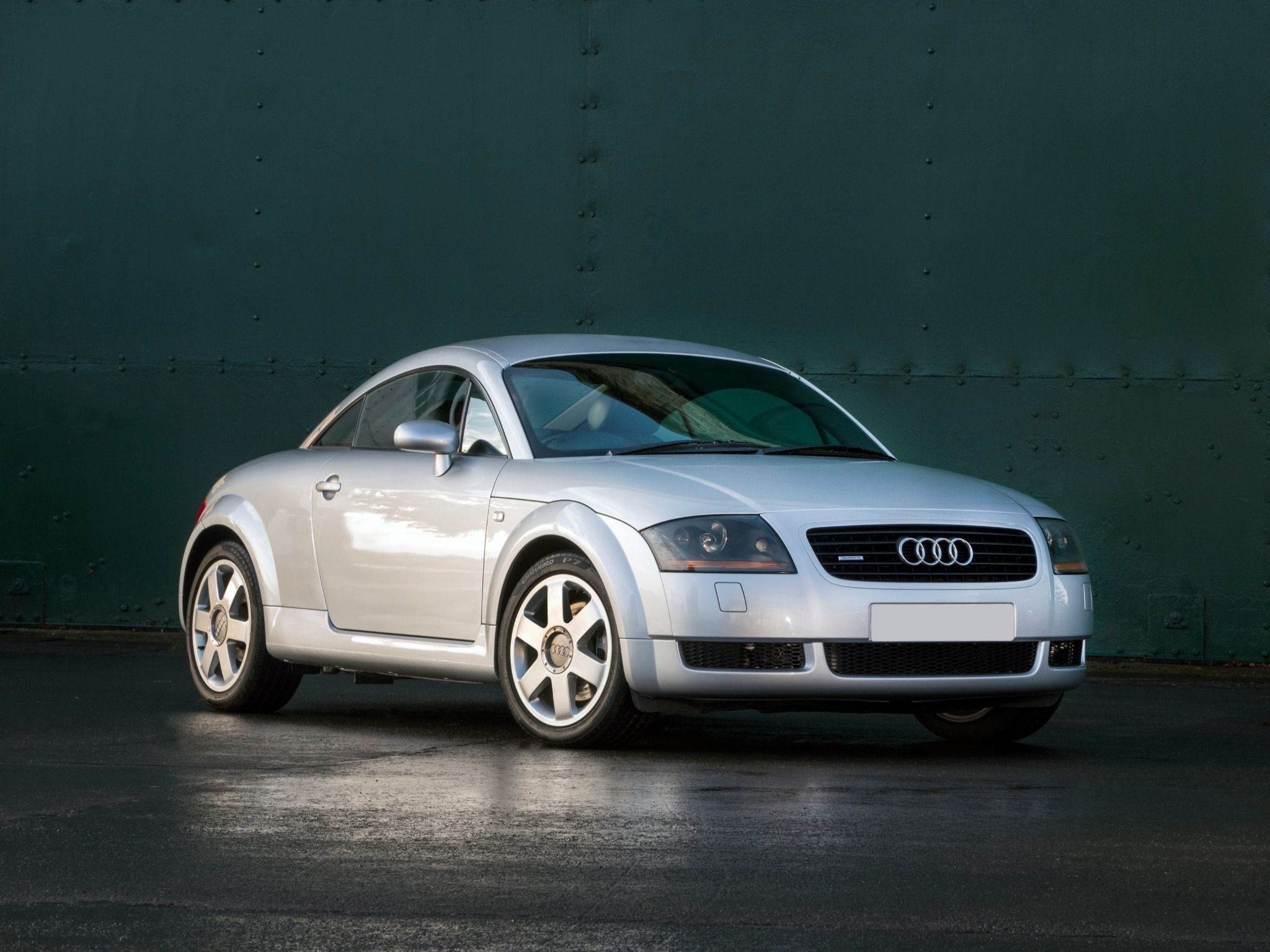
It comes with the high-quality interior Audi is famous for, and no matter which engine option you go with, you’ll get dependable torque and power.
In fact, the TT has earned a solid reputation as one of the most reliable sports cars you can find on the used market today.
2. Pontiac GTO
Been holding out for that Australian-made car? This is the one. Originally known as the Holden Monaro, it was rebranded and sold in the U.S. as the Pontiac GTO and unfortunately, it flopped harder than a Magikarp.
But that doesn’t mean it was a bad car; in reality, it’s a hidden gem among sports cars.
The Pontiac GTO is widely regarded as one of the original American muscle cars, with its roots tracing back to the 1960s when it helped ignite the high-performance car craze.
First launched in 1964, the GTO started as a high-performance package for the Pontiac Tempest, featuring a powerful V8 engine—initially a 389 cubic inch (6.4L) unit that delivered serious horsepower for its time.
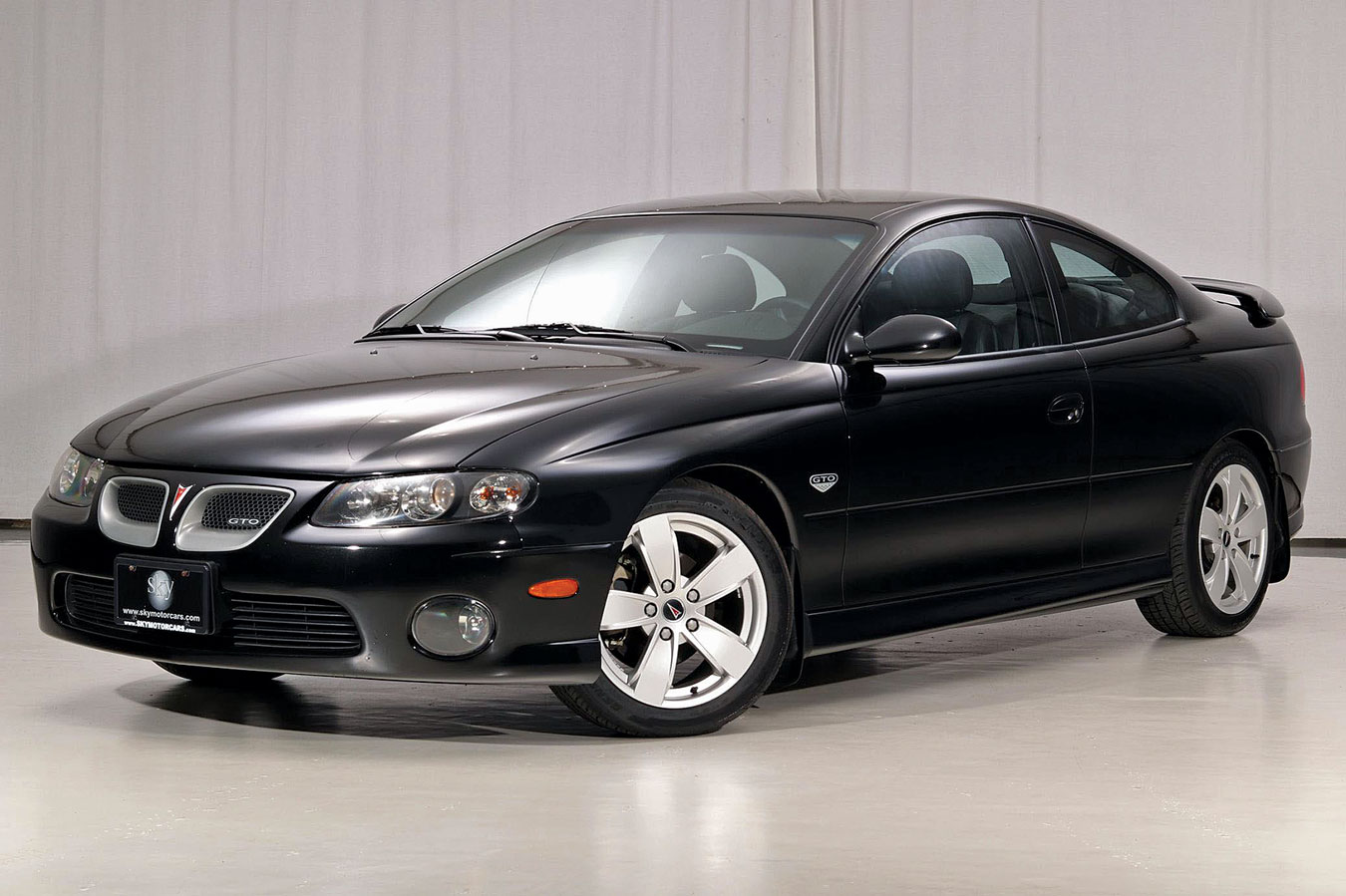
It quickly gained a reputation for its raw speed, aggressive looks, and street-dominating presence. Over the years, the GTO evolved in size and power, becoming a symbol of American automotive performance during the muscle car era.
After its initial run ended in the mid-1970s, the GTO made a brief comeback from 2004 to 2006, this time as a rebadged version of the Australian-built Holden Monaro. The modern GTO featured a 5.7L LS1 V8 in its first year and later upgraded to a 6.0L LS2 V8, producing 400 horsepower and offering serious straight-line performance.
While its conservative styling sparked debate, the modern GTO delivered impressive power, solid handling, and a sleeper-car vibe. Whether classic or modern, the GTO name remains synonymous with raw American performance and muscle car heritage.
Under the hood, you’ll find either a 5.7 or 6.0-liter V8 engine taken straight from the Corvette. The chassis is nicely balanced and responds predictably.
The interior is both comfortable and well-equipped. It’s just a shame that GM didn’t give it the strong branding support it truly deserved.
1. Dodge Challenger
While other automakers are always scrambling to figure out how to market and sell their sports cars, Dodge has managed to keep the Challenger virtually unchanged for over a decade and for good reason.
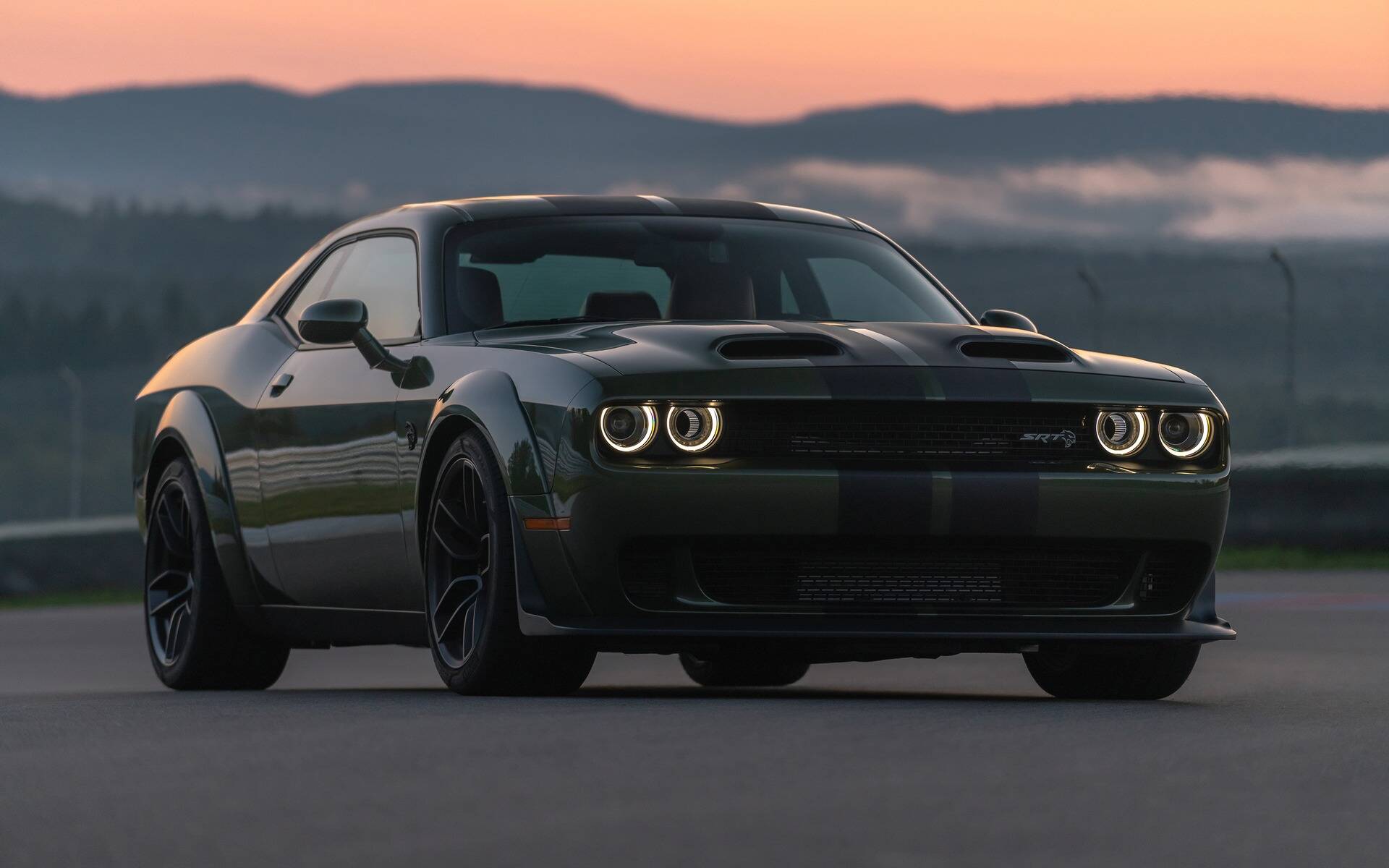
This machine is genuinely fast, impressively reliable, and undeniably stylish.Sure, the chassis might feel a bit dated, but if you’re looking for a comfortable car that can double as a track beast or a capable grand tourer, the Challenger fits the bill perfectly.
Top Cars With the Most Problems
In this revealing article, we once again dive into the world of vehicle reliability and maintenance but this time, we’re approaching it from a fresh perspective.
Whether you’re shopping for your next car or just curious about which vehicles have experienced the most issues, come along as we highlight the top models identified by our automotive experts.
We’ll take a closer look at the cars that have seen the highest number of problems, offering valuable insights and key points to consider for potential buyers.
The evaluated problem areas range from serious concerns like engine and transmission failures, EV battery and charging troubles, to more minor issues such as faulty interior trim and noisy brakes.
5. Volvo XC60 PHEV
When compared to other compact luxury crossovers, Consumer Reports has given this mild hybrid a reliability rating of 2 out of 5. The primary reason behind this low score lies in issues related to the in-car electronics.
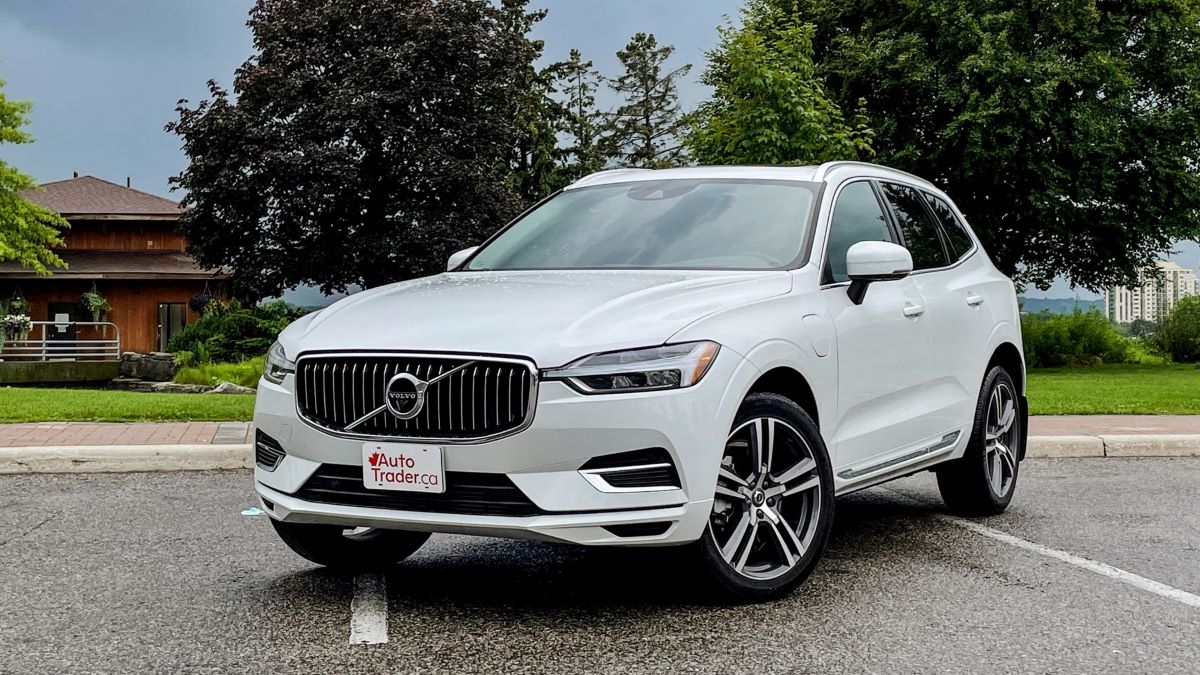
Additionally, previous concerns about engine reliability flagged a few years ago further contribute to its standing as one of the vehicles with the most problems.
4. Nissan Frontier
The Nissan Frontier has long been a favorite in the used car market, thanks to its budget-friendly pricing and overall reliability.
However, it also ranks among the used cars with the most problems, primarily due to a known issue with the distributor shaft bearing, which is prone to rusting.
The Nissan Frontier is a midsize pickup truck known for its rugged reliability, straightforward design, and solid performance both on and off the road.
First introduced in the late 1990s, the Frontier carved out a reputation as a workhorse—durable, affordable, and capable of handling everything from daily commutes to heavy hauling.
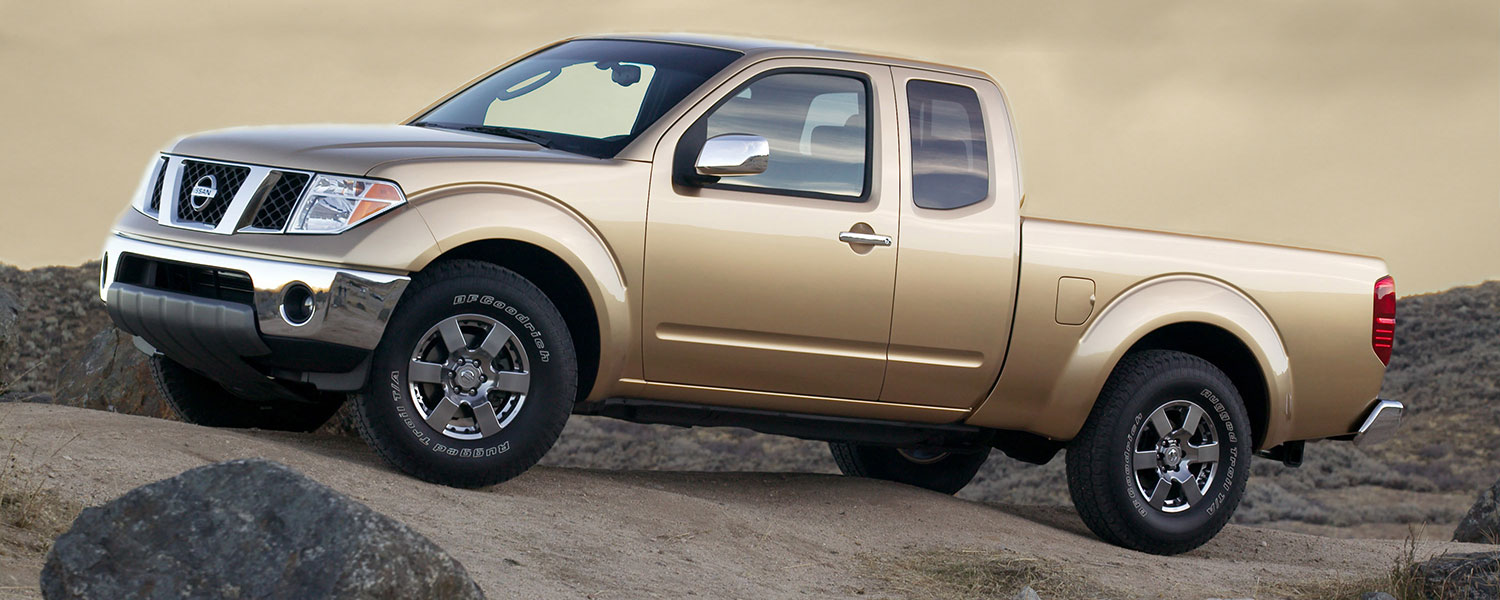
For many years, it maintained a more old-school truck vibe, focusing on function over flash, which appealed to buyers who wanted a no-nonsense vehicle. However, with the long-awaited redesign in 2022, the Frontier got a major upgrade in styling, technology, and power.
Additionally, some first-generation Frontier models experienced problems with the cooling system issues that could potentially result in engine overheating or even transmission failure.
Also Read: 15 Best Cars for Students That Will Last Until Graduation
3. Volkswagen Jetta
Owners of the Volkswagen Jetta have frequently reported several issues with the vehicle. One of the most common problems is hard shifting, where automatic transmission models experience rough or jerky shifts, especially when transitioning from second to third gear.
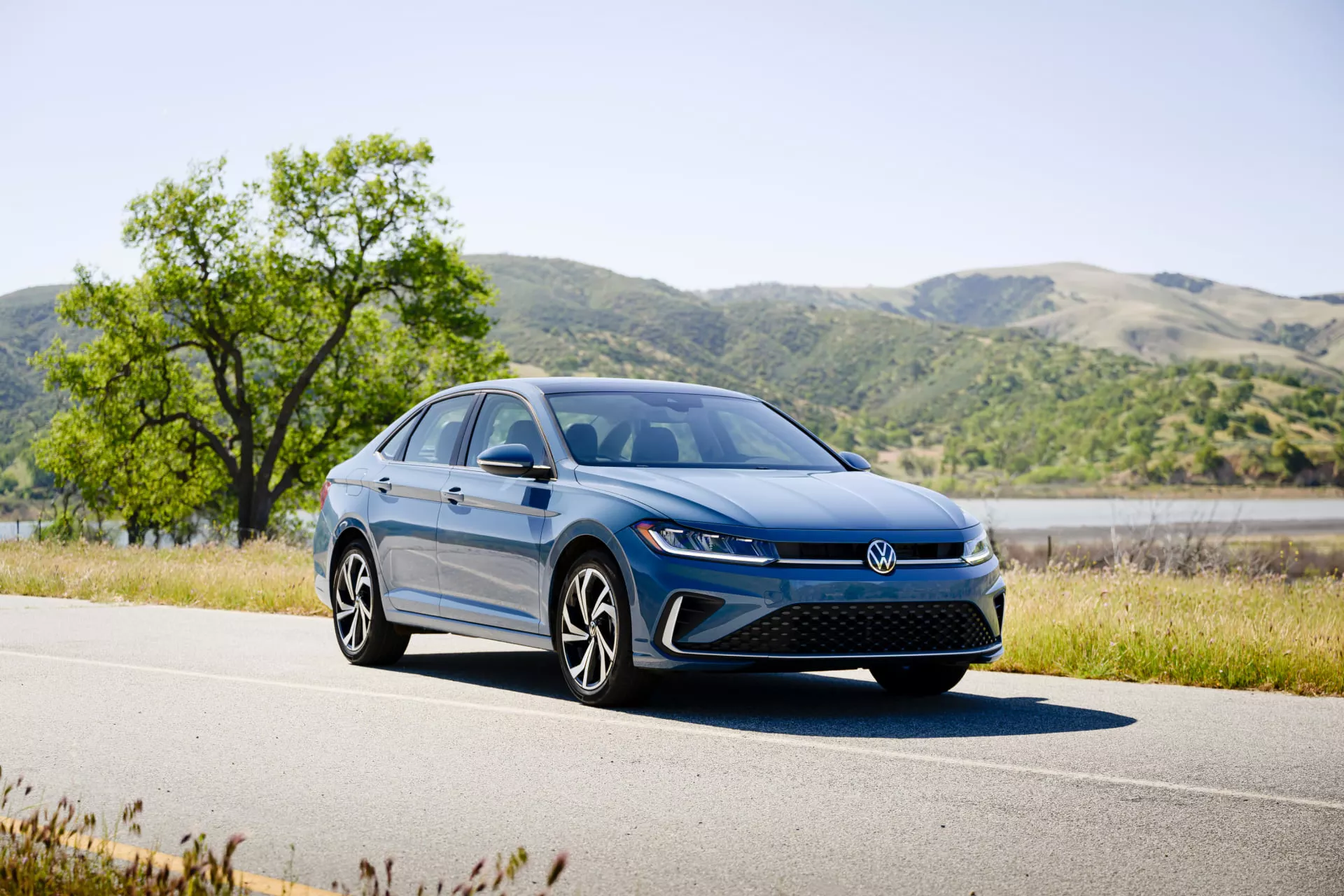
Additionally, some Jetta models are known for engine stalling, with certain vehicles stalling unexpectedly as early as 68,000 miles.
Another issue that has been reported by many drivers is fuel pump failure, which leads to poor performance and fuel delivery problems, affecting the overall operation of the car.
2. Jeep Grand Cherokee
The Jeep Grand Cherokee has been a prominent model since its debut in 1992, with the current fifth generation being introduced in 2021.
While there are some Grand Cherokees that have managed to exceed 150,000 miles, these vehicles make up only a small fraction of the total number of Grand Cherokees on the road.
According to data, only 0.9% of them reach 200,000 miles, which is lower than the industry average of 1.2%. For comparison, 18.2% of all Toyota Land Cruisers hit the 200,000-mile milestone.
The Jeep Grand Cherokee is a midsize SUV that blends rugged off-road capability with upscale comfort and modern technology, making it one of Jeep’s most popular and enduring models.
First introduced in 1992, the Grand Cherokee was designed to offer the toughness of a Jeep with the refinement of a daily driver, and it has consistently evolved to stay competitive in both performance and luxury.
Depending on the trim and model year, it offers a range of engines—from fuel-efficient V6s to powerful V8s, including the high-performance SRT and Trackhawk versions that push the limits with serious horsepower and speed.

What sets the Grand Cherokee apart is its ability to handle rough terrain with ease thanks to advanced 4×4 systems and features like adjustable air suspension and terrain management modes, all while providing a smooth and quiet ride on the pavement.
Inside, it delivers a comfortable and tech-rich experience, with options like leather seating, premium audio, and large touchscreen infotainment systems.
Over the years, it’s proven to be a versatile SUV for families, commuters, and adventure-seekers alike. The Grand Cherokee continues to represent a strong balance between utility, luxury, and performance in the SUV world.
It’s important to highlight that maintaining high-mileage Grand Cherokees requires frequent repairs. While routine maintenance tends to be relatively simple, repairs can become quite expensive once the vehicle’s warranty expires.
The 2021 Jeep Grand Cherokee did receive a solid “great” predicted reliability rating of 84 out of 100 from JD Power Associates.
However, its historically below-average reliability might discourage some potential buyers, which is why it remains listed among the used cars with the most problems.
1. Jeep Wrangler
The Jeep Wrangler has gained a reputation for being unreliable due to several key issues. These include poor gas mileage, uncomfortable ride quality, low safety ratings, and a long history of recalls.
Additionally, the Wrangler is prone to faults, has a bulky design with a lack of technological features, and its body lacks integrity. Early performance problems are also common in these vehicles.
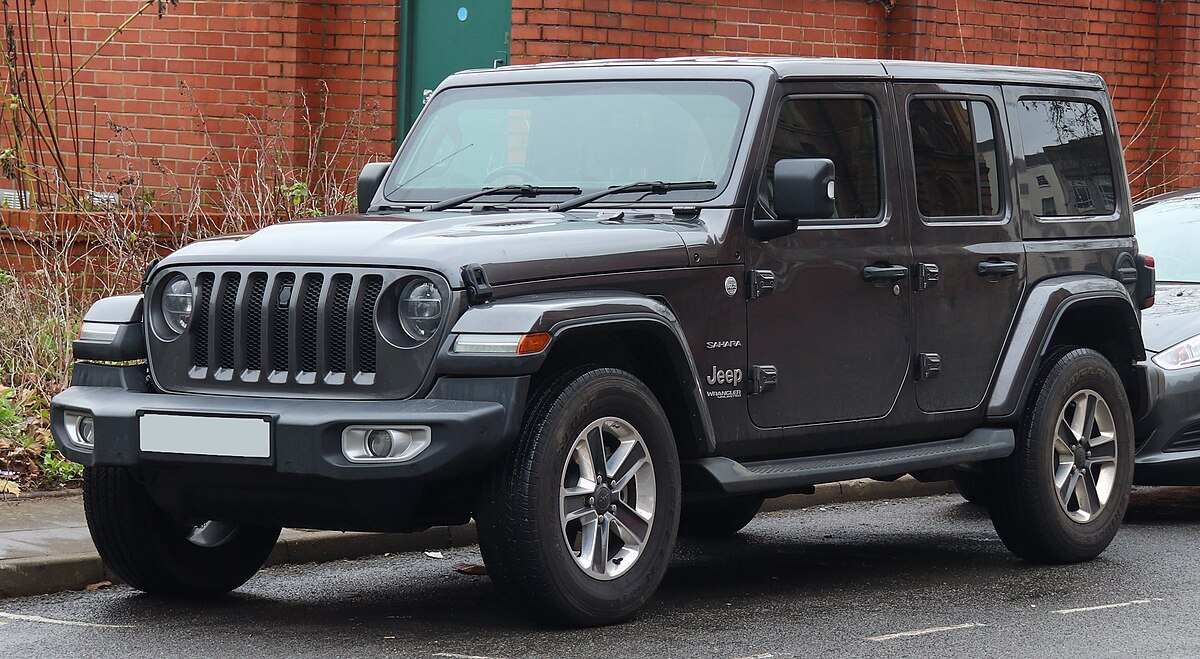
Understanding these common issues can help you make informed decisions when buying a car. Whether you’re searching for a reliable vehicle or looking to avoid potential problems, being aware of cars with frequent issues can guide your choices.
Thorough research and due diligence are essential to avoid purchasing one of the used cars with the most problems. If you’re ready to start your car-buying journey or need to transport your newly acquired vehicle, consider the convenience and peace of mind that come with auto shipping services.

